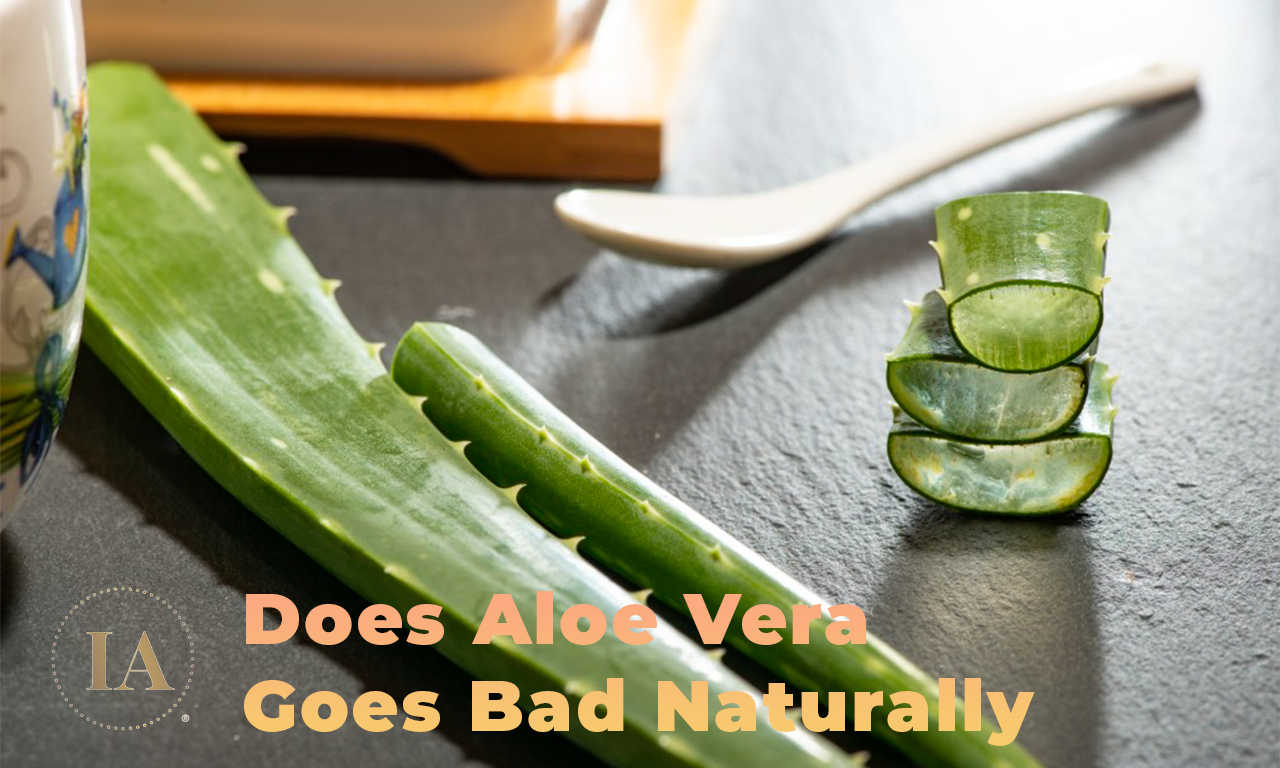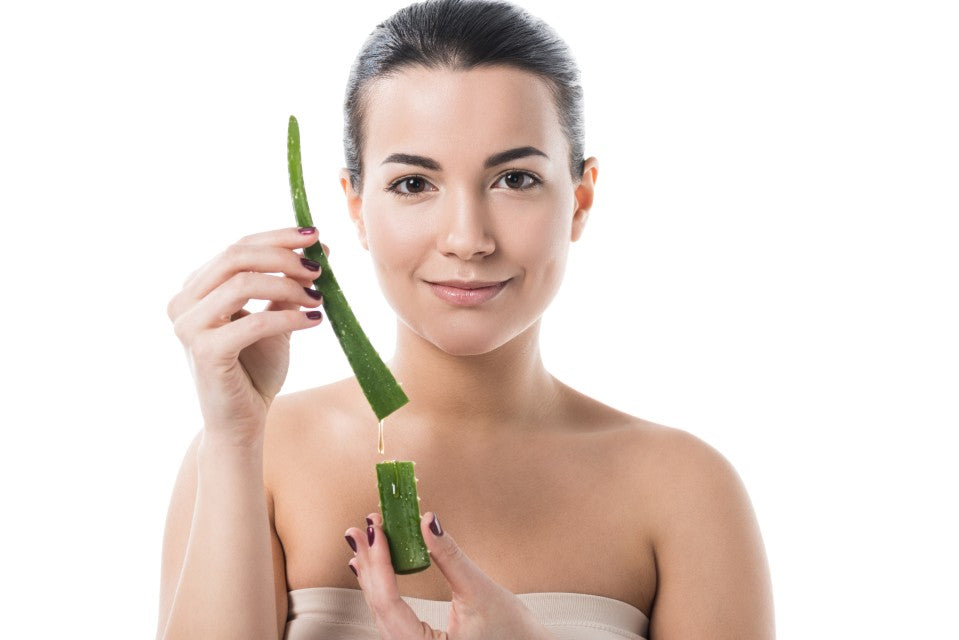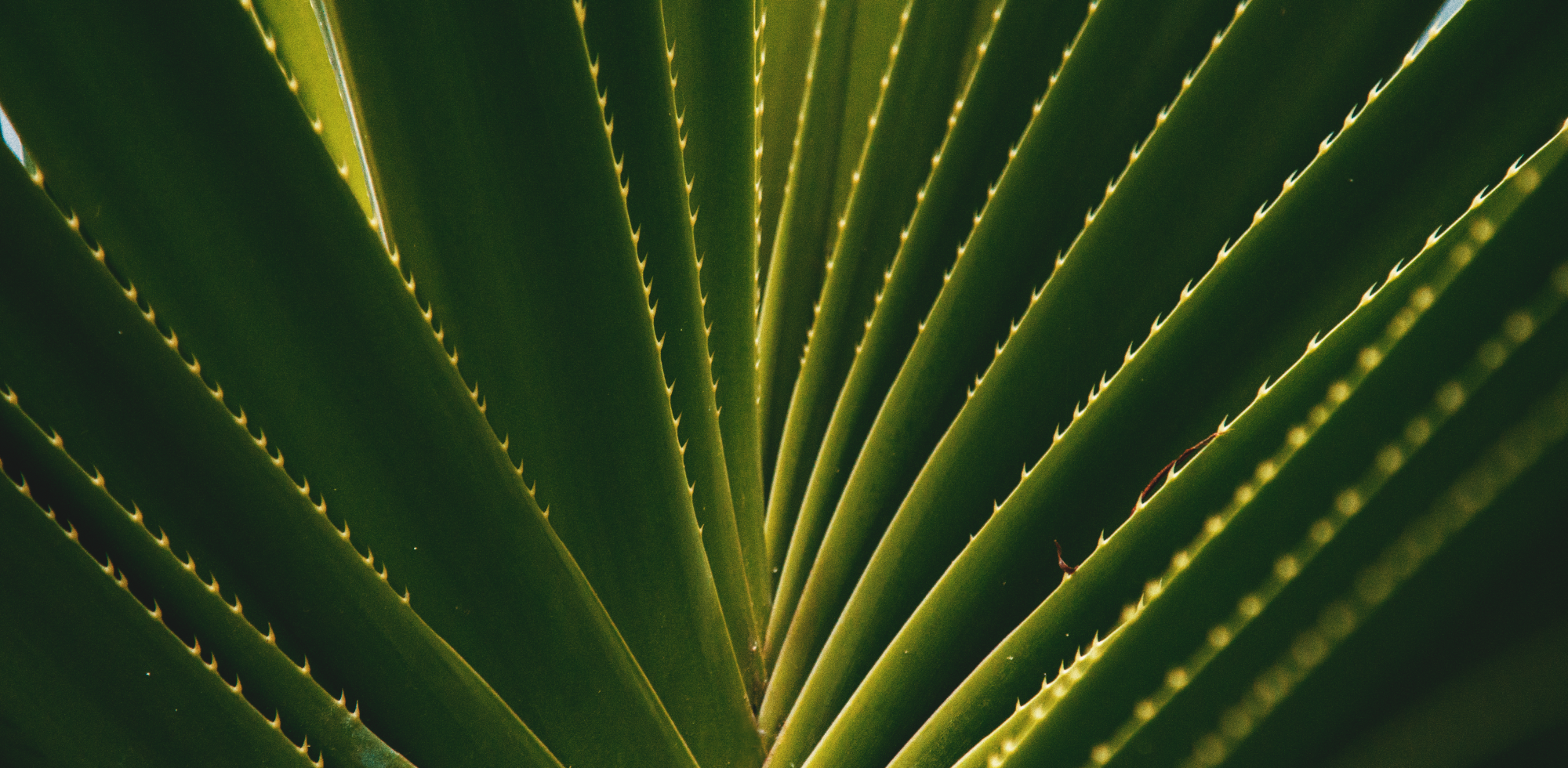Points clés à retenir :
Le gel d'aloe vera expire. Non ouvert, il se conserve 2 à 3 ans, tandis qu'une fois ouvert, il peut durer 6 à 12 mois. Surveillez les changements d'odeur, de couleur ou de texture comme signes d'expiration.
Élément incontournable des routines de santé et de beauté, le gel d'aloe vera est réputé pour ses propriétés apaisantes et sa polyvalence. Mais comme toutes les bonnes choses, des questions surgissent : le gel d'aloe vera se détériore-t-il ? Comprendre la longévité de l'aloe ne concerne pas seulement sa durée de conservation ; cela implique les méthodes de stockage, les conservateurs, et même les techniques de préparation maison.
Cet article explore en profondeur ces relations, révélant comment les propriétés du gel évoluent avec le temps et offrant des conseils pratiques pour maintenir sa fraîcheur.
Table des matières :
- Comprendre la durée de conservation du gel d'aloe vera
- Explorer les méthodes de stockage
- Le pouvoir des conservateurs : prolonger la vie de l'aloe
- Comparaison entre le gel d'aloe vera fait maison et celui du commerce
- Tendances futures et réglementations dans la production d'aloe vera
Le gel d'aloe vera, extrait des feuilles de la plante d'aloe, est un ingrédient précieux pour ses propriétés curatives et hydratantes. Cependant, comme tout produit organique, il est sujet à la dégradation. La durée de conservation du gel et comment elle est affectée par les conservateurs, les méthodes de stockage et la préparation maison forment un réseau complexe de relations essentielles pour déterminer si le gel d'aloe vera se détériore.
Comprendre la durée de conservation du gel d'aloe vera

Le gel d'aloe vera, lorsqu'il est laissé à l'état naturel sans conservateurs, peut ne durer qu'une semaine. Cependant, dans les bonnes conditions, sa durée de vie peut être considérablement prolongée. Healthline et JustAnswer soulignent que la réfrigération prolonge sa durée de vie jusqu'à environ deux mois, tandis que la congélation peut le préserver jusqu'à six mois. Selon AloeCure et Miracle of Aloe, avec des conservateurs, le gel d'aloe peut se conserver jusqu'à 2-3 ans.
Alors, le gel d'aloe vera expire-t-il ?
Oui, le gel d'aloe vera expire. Non ouvert, il se conserve 2 à 3 ans, tandis que le gel ouvert peut durer 6 à 12 mois. Surveillez les changements d'odeur, de couleur ou de texture comme signes d'expiration.
Explorer les méthodes de stockage de l'aloe vera
 Un stockage approprié joue un rôle crucial dans le maintien de la fraîcheur et de l'efficacité du gel d'aloe vera. MindBodyGreen fournit des conseils pratiques : l'utilisation de contenants hermétiques et la réfrigération peuvent considérablement augmenter la durée de conservation.
Un stockage approprié joue un rôle crucial dans le maintien de la fraîcheur et de l'efficacité du gel d'aloe vera. MindBodyGreen fournit des conseils pratiques : l'utilisation de contenants hermétiques et la réfrigération peuvent considérablement augmenter la durée de conservation.
Pour une longévité maximale, la congélation est recommandée et peut prolonger l'utilisation jusqu'à six mois. Cependant, le stockage du gel d'aloe vera à température ambiante n'est pas conseillé en raison d'une dégradation plus rapide.
L'ajout de conservateurs naturels comme les vitamines C et E peut prolonger significativement la durée de conservation du gel d'aloe vera, une stratégie suggérée à la fois par MindBodyGreen et Healthline. Ces antioxydants inhibent non seulement la croissance bactérienne mais maintiennent également les propriétés actives du gel. Dans un monde où prolonger l'utilisation des produits naturels est essentiel, cette simple étape peut rendre le gel d'aloe plus pratique pour une utilisation régulière.
Comparaison entre le gel d'aloe vera fait maison et celui du commerce
Créer du gel d'aloe vera à la maison est une alternative attrayante pour ceux qui recherchent un produit pur, sans produits chimiques. Healthline détaille le processus simple d'extraction et de préparation du gel.
Cependant, bien que les options faites maison nous donnent un contrôle total sur les ingrédients, elles ont une durée de conservation plus courte par rapport aux versions commerciales renforcées avec des conservateurs.
Conclusion
En conclusion, oui, le gel d'aloe vera se détériore, mais sa durée de conservation est variable et fortement dépendante des techniques de stockage, de l'ajout de conservateurs, et du choix entre préparations maison ou commerciales.
En comprenant ces relations, les utilisateurs peuvent prendre des décisions éclairées, garantissant que leur gel d'aloe vera reste aussi efficace et bénéfique que possible. Ces connaissances nous permettent d'exploiter pleinement le potentiel de l'aloe, assurant qu'il reste un ingrédient vedette dans nos arsenaux de santé et de beauté pour les années à venir.
Et si vous recherchez des produits à l'Aloe Vera, visitez Infinite Aloe où nous vendons notre crème héroïque quotidienne qui convient le mieux à votre peau en meilleure santé.



